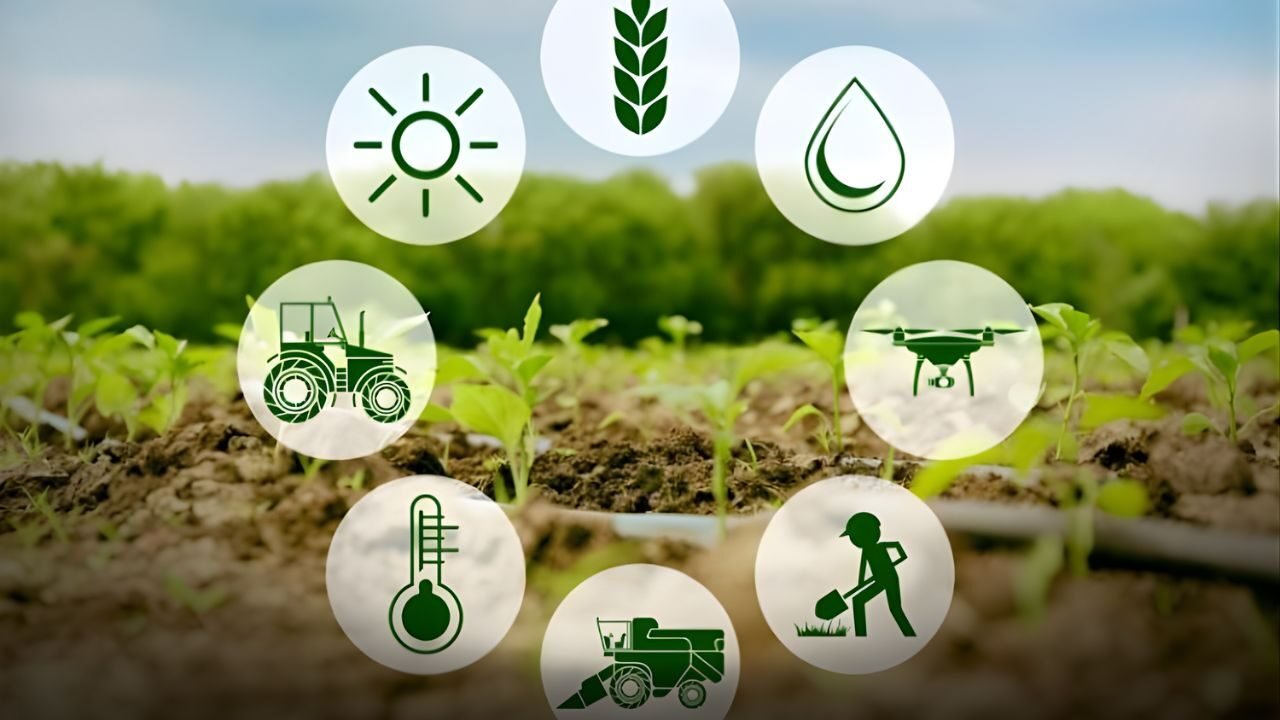By Farooq Awan
The government is taking a major step toward improving how research reaches farmers by establishing a National Agricultural Technology Transfer Center (NATTC). This new initiative aims to boost Agricultural Technology Transfer Pakistan, helping laboratories connect with the industry and ensuring scientific innovations reach farmers effectively.
The initiative is a key part of the Strategic Reform and Cooperation Plan for the Pakistan Agricultural Research Council (PARC) 2025. The plan was jointly prepared by the Ministry of National Food Security and Research, China’s Ministry of Agriculture and Rural Affairs (MARA), and the Chinese Academy of Agricultural Sciences (CAAS). It focuses on strengthening technology transfer and closing the gap between research institutes and practical field use.
The joint study finds that Pakistan’s agricultural research organizations have produced limited commercially viable outcomes because technology transfer mechanisms are weak. Most innovations remain inside research institutes, with only a few reaching farmers or the private sector for larger-scale application.
Agricultural Technology Transfer Pakistan: Center to Bridge Research and Field
The plan proposes creating the National Agricultural Technology Transfer Center as a hub for commercialization and outreach activities. The center will manage policy, offer technical help, and connect federal and provincial research bodies with agribusinesses, investors, and development partners. It will also maintain a centralized database of technologies, patents, and innovations to support licensing and adoption.
The roadmap also calls for establishing Technology Transfer Units (TTUs) in every major PARC research institute. These units will manage intellectual property, licensing, and benefit-sharing arrangements between scientists and their institutions. Each TTU will employ trained professionals responsible for marketing, partnership development, and legal compliance.
The reform plan introduces a benefit-sharing model, allowing researchers and their institutes to receive 50 to 70 percent of revenues from successful commercialization of technologies. This aims to encourage innovation, reward performance, and attract private-sector collaboration in agricultural research.
Structured Framework for Practical Agricultural Outcomes
The plan emphasizes that a strong technology-transfer framework is essential to turn scientific research into practical and marketable results. It points to countries like China, which have seen large productivity gains by institutionalizing technology transfer.
Regional Demonstration Hubs and Farmer Training Centers
The proposed center will coordinate regional demonstration hubs and farmer training centers. These hubs will serve as testing grounds and channels for spreading new technologies, including high-yield seeds, water-efficient irrigation systems, climate-resilient crops, and modern farm machinery.
They will operate in collaboration with provincial agriculture departments, extension services, and farmer organizations.
Digital Agricultural Innovation Platform
The plan also includes a digital platform to connect researchers, investors, and farmers. It will provide access to technology profiles, licensing opportunities, and real-time updates on research solutions. This will improve transparency and make it easier for innovators and users to connect.
Capacity Building and International Collaboration
Finally, building the skills of researchers and extension professionals is a top priority. Specialized training in intellectual property management, entrepreneurship, and project design will be provided, along with workshops and exchange programs with Chinese institutions to strengthen expertise in innovation management.
Author Profile






